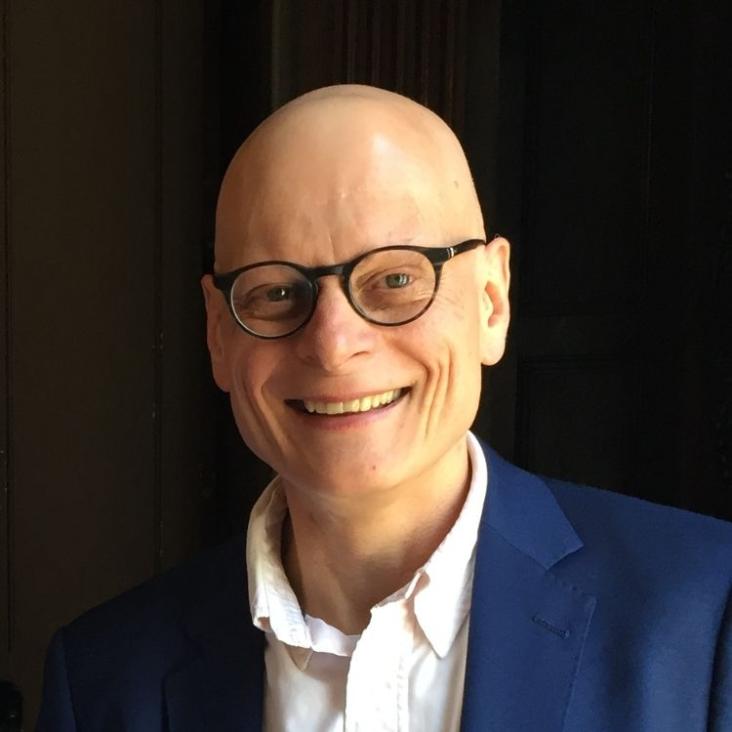Ultrashort pulse characterization by spectral shearing interferometry with spatially chirped ancillae.
Opt Express 17:21 (2009) 18983-18994
Abstract:
We report a new version of spectral phase interferometry for direct electric field reconstruction (SPIDER), in which two spatially chirped ancilla fields are used to generate a spatially encoded SPIDER interferogram. We dub this new technique Spatially Encoded Arrangement for Chirped ARrangement for SPIDER (SEA-CAR-SPIDER). The single shot interferogram contains multiple shears, the spectral amplitude of the test pulse, and the reference phase, which is accurate for broadband pulses. The technique enables consistency checking through the simultaneous acquisition of multiple shears and offers a simple and precise calibration method. All calibration parameters--the shears, and the upconversionfrequency--can be accurately obtained from a single calibration trace.Theoretical and experimental analysis of quantum path interferences in high-order harmonic generation
Phys. Rev. A American Physical Society 80 (2009) 033817-033817
Abstract:
We present theoretical and experimental studies on quantum path interferences in high-order harmonic generation. Simulations of the single-atom response allow us to calculate the different quantum paths contributions; their relative phases and the resulting interferences can be finely controlled through the laser intensity that provides an efficient means for controlling the electron trajectories with an accuracy on the ten attoseconds time scale. Simulations of the macroscopic response demonstrate the need of spatial and spectral filtering of the harmonic beam in order to observe the interferences between the two shortest quantum paths. Our numerical results are in very good agreement with experimental data. These investigations represent a step toward the full characterization and control of the atomic harmonic dipole.Quantum phase estimation with lossy interferometers
Physical Review A - Atomic, Molecular, and Optical Physics 80:1 (2009)
Abstract:
We give a detailed discussion of optimal quantum states for optical two-mode interferometry in the presence of photon losses. We derive analytical formulae for the precision of phase estimation obtainable using quantum states of light with a definite photon number and prove that maximization of the precision is a convex optimization problem. The corresponding optimal precision, i.e., the lowest possible uncertainty, is shown to beat the standard quantum limit thus outperforming classical interferometry. Furthermore, we discuss more general inputs: states with indefinite photon number and states with photons distributed between distinguishable time bins. We prove that neither of these is helpful in improving phase estimation precision. © 2009 The American Physical Society.Broadband astigmatism-free Czerny-Turner imaging spectrometer using spherical mirrors.
Appl Opt 48:19 (2009) 3846-3853
Abstract:
We describe the elimination of the astigmatism of a Czerny-Turner imaging spectrometer, built using spherical optics and a plane grating, over a broad spectral region. Starting with the principle of divergent illumination of the grating, which removes astigmatism at one chosen wavelength, we obtain design equations for the distance from the grating to the focusing mirror and the detector angle that remove the astigmatism to first order in wavelength. Experimentally, we demonstrate near diffraction-limited performance from 740 to 860 nm and over a 5 mm transverse spatial extent, while ray-tracing calculations show that barring finite-aperture and detector size limitations, this range extends from 640 to 900 nm and over 10 mm transversely. Our technique requires no additional optics and uses standard off-the-shelf components.Improved ancilla preparation in spectral shearing interferometry for accurate ultrafast pulse characterization.
Opt Lett 34:7 (2009) 881-883


